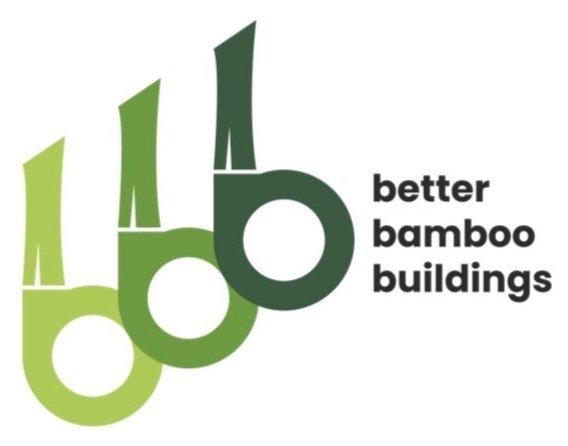Kawayan Collective - Cement-Bamboo-Frame House
We featured Kawayan Collective as a bamboo social enterprise in September 2020 and since then they have moved ahead well in their bamboo pursuits. They recently completed a 130 square metre cement-bamboo-frame house which applies a traditional building technique and showcases treated bamboo as the main structural framing all at an affordable price point.
Using a traditional building technique known as wattle and daub, or locally as 'tambique pampango’, the construction content would be at 80%. Bamboo is used as the primary structural support for the roof and walls and also for the interior finishes and exterior decking. The house cost 2.5M peso ( USD50,000 approx ) to build with a crew of 10 over eight months and is built to withstand everything from typhoons to termites.
Married couple, Ray and Amy Villanueva first launched Kawayan Collective in partnership with Base Bahay in April 2019. Previously, Amy worked for the Bill & Melinda Gates Foundation and Ray worked for a Seattle-based architecture firm. As an architect, Ray loved the opportunity to design and build with bamboo. As a social entrepreneur, Amy was drawn to the mission of building better homes for all Filipinos. Together, they felt compelled to move the family back to Negros Oriental and get involved directly. After getting the bamboo treatment facility up and running, the couple decided to put the material to test on their own home.
From Ray and Amy - ‘Tambique pampango’ is a building technique used during the Spanish colonial period. Bamboo, timber, and plaster (cement mixed with seashells, gravel, clay and other materials) were combined to form walls for churches and other buildings of the time. Because the bamboo was encased by plaster, it was safe from deterioration from sun and rain. Examples of bamboo buildings that deploy this technique have stood for over 200 years, withstanding large earthquakes in South/Central America in the nineties. It was in fact these older bamboo houses that survived better than modern hollow block buildings, prompting several countries of South America to revise their building code to include bamboo. A process that Base Bahay Foundation is now leading for the Philippines -- renamed Cement Bamboo Frame.
Base Bahay is a national NGO with a mission to improve socialized housing with treated bamboo. They cite the “bamboo value chain” as one that gives back ten-fold to any community choosing to use bamboo for housing. Not only are the homes more safe and comfortable -- but they are 20% cheaper than concrete hollow block and steel equivalents. Then, of course there are the upstream beneficiaries who supply the bamboo -- the farmers, cutters and processors who are able to build a livelihood from a previously undervalued local resource. And finally, we benefit the planet when using the world’s only known carbon positive building material. Base Bahay has built 1,000 low-cost homes throughout the Philippines and 10,000 more by 2025 in partnerships with LGUs and other non-profits.
This house is a showcase of the soaring potential for treated bamboo as structural timber -- at a price-point for middle-income families. Important details include a large, insulated roof and screened windows that allow for good airflow and minimize the need for air conditioning or daytime lighting. Wet areas such as kitchen and bath use concrete slab and hollow block to prevent bamboo deterioration. Whereas the upper loft is built nearly entirely from bamboo as a lightweight and sturdy material for everything from floor joists to trusses as well as engineered bamboo flooring and furniture.
In my opinion, this house by Kawayan Collective elevates the work of Base Bahay and creates a precedent that will contribute to alter the mindset on bamboo - moving it from a ‘poor man’s timber’ to an acceptance that durable bamboo design is applicable and acceptable for middle income families not just in the Philippines but also throughout the Asia Pacific. GO Bamboo!
#kawayancollective #basebahay #gobamboo #bamboowillrise #cementbambooframe















